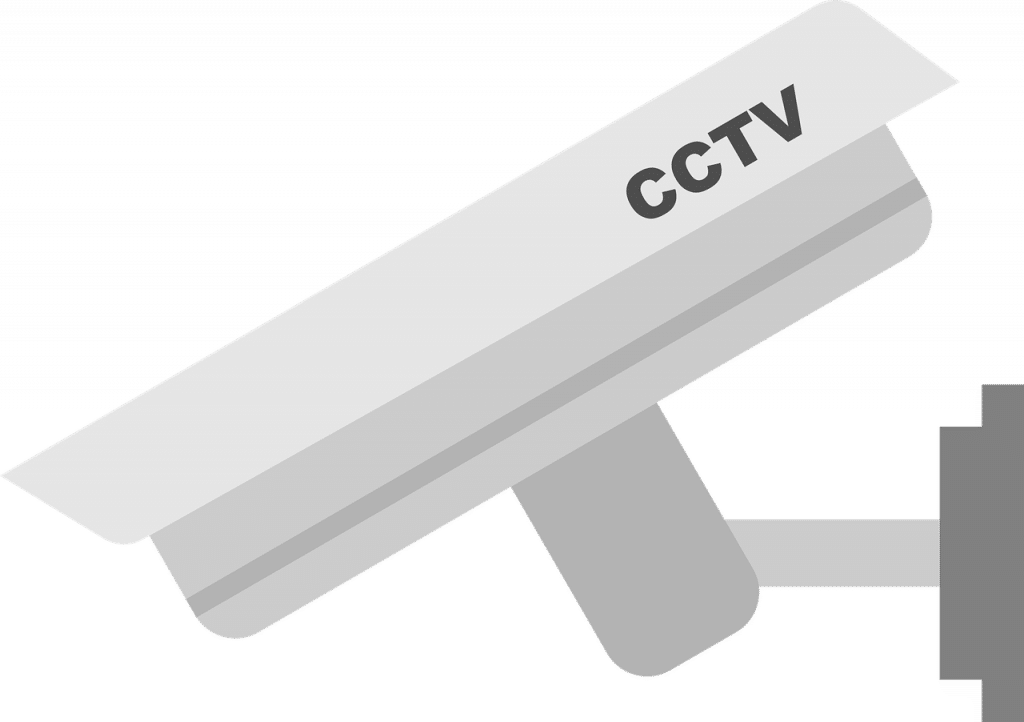
Installing CCTV?
CCTV system typically involves the following steps:
- Determine the purpose of your CCTV system and identify the areas you want to cover.
- Choose the right cameras for your needs and the environment in which you’ll be installing them.
- Select a recording device, such as a DVR (digital video recorder) or NVR (network video recorder), to store the footage captured by your cameras.
- Install the cameras according to the manufacturer’s instructions. Make sure they are placed in secure locations and are properly aimed and focused.
- Connect the cameras to your recording device using the appropriate cables.
- Set up your recording device according to the manufacturer’s instructions.
- Test your system to make sure it’s working properly. Check the footage to ensure that the cameras are capturing clear, high-quality video.
As for the equipment you’ll need, it will depend on the size and complexity of your CCTV system. Here is a list of some common equipment used in CCTV installations:
- CCTV cameras
- Recording device (DVR or NVR)
- Power supply and cables
- Monitor (optional)
- Networking equipment (if using an NVR)
- Mounting hardware
- Cable ties and other wiring accessories
Different types of wiring for CCTV
There are several types of wiring that can be used for CCTV systems, each with its own benefits and drawbacks. Here are some of the most common types of wiring used in CCTV installations:
- Coaxial cable: Coaxial cable is a type of wire that is commonly used to connect CCTV cameras to a recording device. It is relatively inexpensive and easy to install, but it is not suitable for use over long distances.
- Twisted-pair cable: Twisted-pair cable is a type of wire that is made up of two insulated wires twisted together. It is commonly used for Ethernet connections and can be used to transmit video signals over long distances. However, it is more expensive than coaxial cable and requires more complex installation.
- Fiber optic cable: Fiber optic cable is a type of wire that is made up of thin strands of glass or plastic that transmit data using light. It is capable of transmitting video signals over very long distances and is resistant to interference, but it is expensive and requires specialized equipment to install.
- Wireless: Some CCTV systems use wireless technology to transmit video signals from the cameras to the recording device. This can be a convenient option, but the signal can be prone to interference and may not be as reliable as wired connections.
Advantages of CCTV
CCTV (closed-circuit television) is a system of video cameras used for security and surveillance purposes. Some advantages of CCTV include:
- Deterrent effect: CCTV can deter crime, as the presence of cameras may discourage potential perpetrators from committing a crime.
- Evidence: CCTV footage can be used as evidence in a court of law, which can help to prosecute offenders and secure convictions.
- Monitoring: CCTV allows for continuous monitoring of an area, making it easier to identify and track individuals who may be engaging in suspicious activity.
- Response: In the event of an emergency, CCTV can help authorities to quickly respond to the situation and ensure that appropriate action is taken.
- Remote viewing: CCTV systems can be accessed remotely, allowing authorized personnel to view live footage or recorded footage from a remote location.
- Cost-effective: CCTV can be a cost-effective solution for security and surveillance, as it requires fewer personnel to monitor an area compared to having security guards present.
